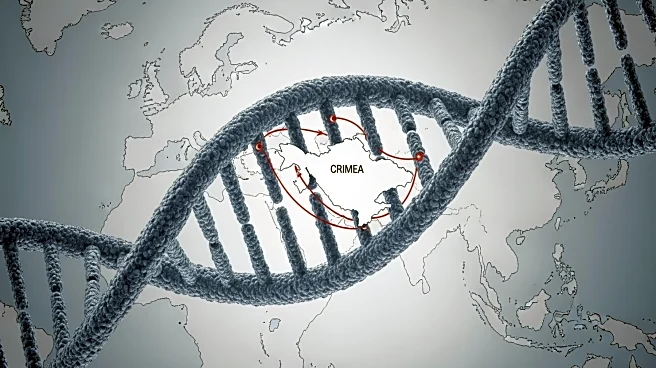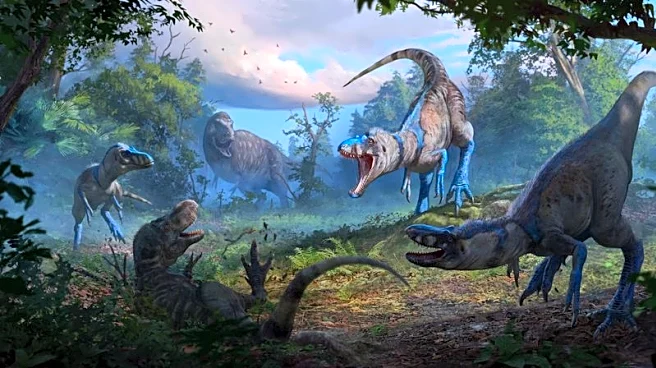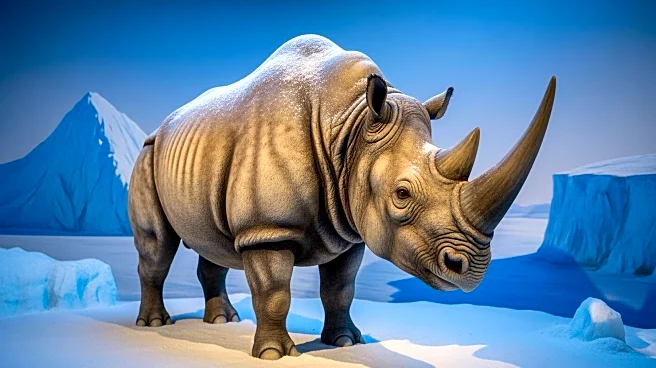What's Happening?
A comprehensive study conducted by researchers from Oxford University and the University of Lausanne has provided new insights into the emergence of euarthropods during the Cambrian period, approximately
540-500 million years ago. The research, published in the Proceedings of the National Academy of Sciences, suggests that the Cambrian Explosion was not a sudden event but rather a gradual process over 40 million years. The study analyzed early fossil euarthropods from various types of fossil preservation, revealing a gradual radiation of these organisms during the early Cambrian.
Why It's Important?
The findings challenge previous hypotheses about the rapid emergence of euarthropods, suggesting a more gradual evolutionary process. This has significant implications for understanding the evolution of physical characteristics in these organisms, such as limbs. Euarthropods, which include insects, crustaceans, and trilobites, are crucial to Earth's ecosystems, comprising over 80% of all animal species. The study's results provide a more nuanced understanding of the timeline and processes involved in the evolution of these vital organisms.
What's Next?
The study opens avenues for further research into the evolutionary history of euarthropods and other major animal groups. Future studies may focus on refining the timeline of their emergence and diversification, as well as exploring the environmental factors that influenced their evolution. The research also highlights the importance of fossil records in understanding early animal life, suggesting that continued exploration and analysis of fossil sites could yield additional insights into the Cambrian period.












